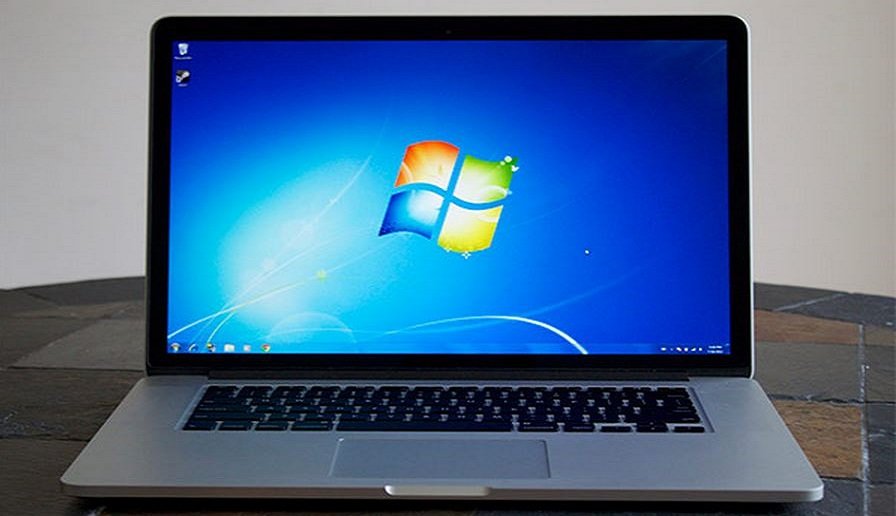
Windows 7 Extended Support is Ending Soon – Here’s Why You Don’t Have to Panic
Windows 7 is dead; long live Windows 7. A decade has passed since Windows 7 was initially released, yet a substantial percentage of the market share has managed to resist switching to Windows 10. It’s easy to understand why: After all, Windows 7 has remained more than sufficient for many tasks. However, Windows 7 extended support is going to be discontinued in January 2020, and businesses are going to need to upgrade Windows 7 to another solution if they want to maintain their security and productivity.
But don’t panic. For a business, this can be an opportunity rather than a challenge. Here’s what you need to know.
Windows 10 Is a Great OS
Windows has a hit-or-miss track record with operating systems. For every Windows 7 and Windows XP, there’s a Windows ME and a Windows Vista. This volatility has made users a little hesitant to upgrade, and eager to latch on to solid operating systems when they arise.
Many people were extraordinarily happy with Windows 7, and they don’t want to make a transition purely to remain up-to-date: Windows 7 still does everything they want to do. But Windows 10 is an excellent operating system: Not only does it have better security, but it also has features that modern users need.
Improve Your Security with Windows 10
Cybersecurity is one of the biggest concerns for businesses today. For both enterprises and individuals, Windows 10 has substantially better cybersecurity features than Windows 7 does. And, as Windows 7 approaches its full end of life, the Windows 7 end of support will start impacting its security: New updates and patches will no longer be pushed. Windows 7 will quickly become vulnerable to security issues unless companies are willing to pay extra for continued patches.
With small and medium-sized businesses being significant targets for cybercriminals, all organizations need to be aware of the risks and take the proper security measures. And it starts with getting the right operating system.
Windows 10 Has the Features Modern Businesses Need
Windows 10 has been designed for a modern business, which is substantively different from the processes and needs of companies in prior decades. With full integration with things like the Azure Active Directory and cloud-based solutions, Windows 10 has been built to take advantage of new, state-of-the-art technologies. It’s an OS designed to work the way that people work today.
Microsoft has created multiple communication and collaboration solutions that are designed to operate within today’s modern workforce – a workforce that frequently works from home, on flex-time, or in remote and international offices. Companies that want to remain modern and up-to-date will find that Windows 7 may not have the support that they need.
Upgrade to Windows 10 Now to Avoid Disruption
An upgrade to Windows 10 is the perfect time to update and refresh aging hardware, giving your company the boost to its technology that it may have been waiting for. You can embrace Windows 7 end of support as an opportunity to investigate new solutions and upgrade your infrastructure as a whole, rather than remaining on aging software that is quickly becoming defunct. By switching to Windows 10, you can make your entire company more productive, streamlining your communications and your infrastructure, and reducing your cybersecurity risk.
You Can Still stay on Windows 7… For a Price
While it’s highly recommended that companies switch away from Windows 7 as early as possible, it’s not required. Some companies have infrastructures that are just too difficult to switch over within that time frame, even if they should start planning ahead now. Businesses can pay to have their Windows 7 ecosystem updated until 2023, though it’s costly.
While it’s possible to stay on Windows 7 until 2023, it’s just delaying the inevitable: No business will be able to stay on Windows 7 forever, and the transition will eventually need to be made. However, temporarily paying for Windows 7 upgrades may be a viable option for those who simply don’t have the resources to make the transition now.
Get Started Today on Your Windows 7 Upgrade Strategy
With 2020 rapidly approaching, it’s important for any business running on Windows 7 to start strategizing now. A complete transition to another solution is going to take some time, not just for the transition itself, but also the training. Not only will you need to plan for the additional expenses and make sure that the transition doesn’t disrupt your business, but you’ll also need to prepare your employees for the change to their environment and processes.
Want to learn more about upgrading to Windows 10 and the many benefits it’ll have for your company? Contact Red River today to consult an expert – and see how we can make the migration smooth.

written by
Corrin Jones
Corrin Jones is the Director of Digital Demand Generation. With over ten years of experience, she specializes in creating content and executing campaigns to drive growth and revenue. Connect with Corrin on LinkedIn.




